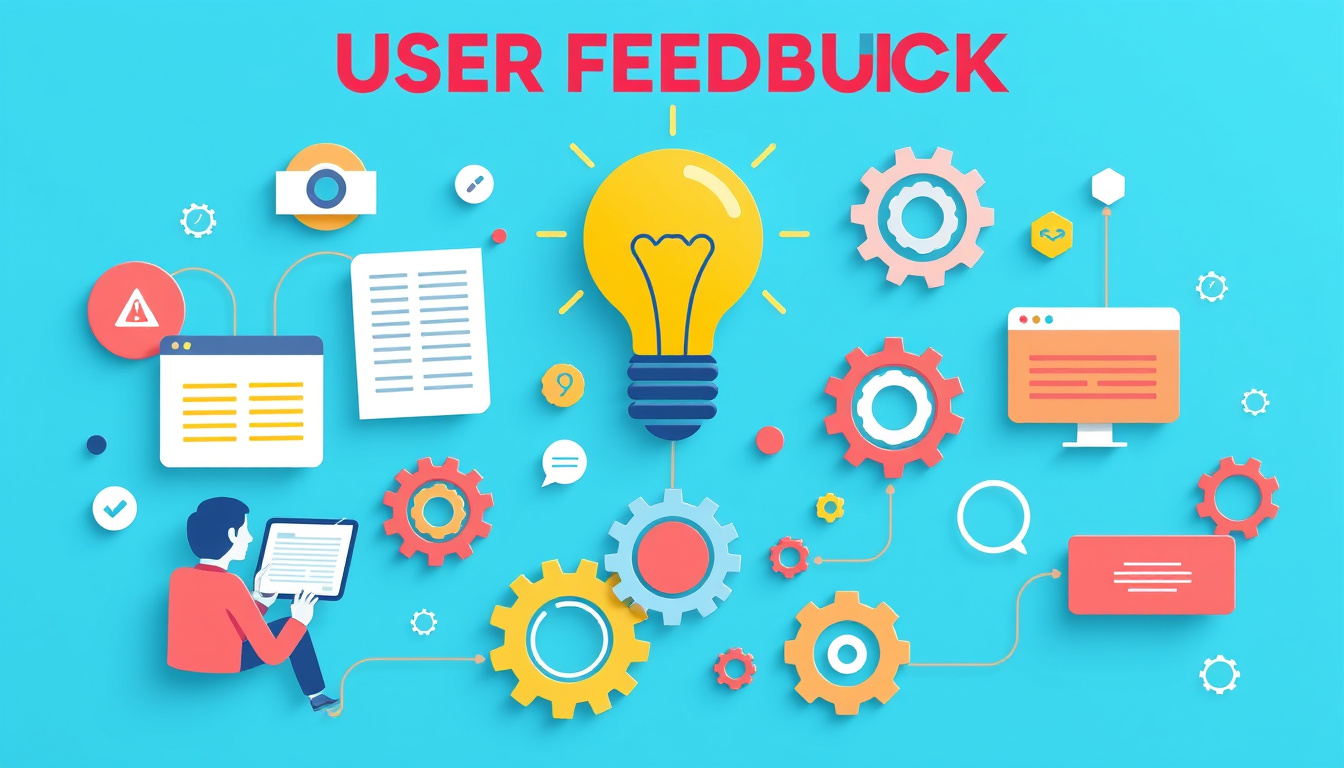Collecting feedback from users is a cornerstone of successful product development. Understanding the needs, preferences, and pain points of users helps companies refine products, enhance user experience, and ultimately drive satisfaction and loyalty. In this article, we’ll explore effective strategies for gathering user feedback and best practices to consider in order to maximize the value of this important process.

Why Collect User Feedback?
User feedback, directly obtained from users through various means, is critical for informing product decisions and ensuring that development aligns with market needs. It provides quantitative and qualitative insights that can reveal how users perceive your product, what they value, and where improvements are needed. Ignoring user feedback can lead to missteps that impact usability, satisfaction, and ultimately a product’s success.
Effective Methods for Collecting User Feedback
1. Surveys and Polls
Surveys are a widely used tool for gathering user feedback, capable of providing direct and structured insight from users. They can be distributed through email, embedded in product interfaces, or shared via social media. To ensure effectiveness, keep surveys concise, ask open-ended questions where appropriate, and consider using satisfaction micro-surveys that trigger at key moments during the user journey.
2. One-on-One Interviews
Personal interviews allow for deeper engagement with users, offering rich qualitative data on their experiences, frustrations, and suggestions. These sessions can be conducted face-to-face, over the phone, or via video calls. Ensure that questions provoke thoughtful responses, as this method can uncover insights that surveys may not reveal.
3. User Testing
Conducting usability tests with real users provides a hands-on approach to feedback collection. Observing how users interact with your product can highlight issues related to navigation, design, and overall usability. Feedback collected during these sessions is invaluable for optimizing user experience.
4. Focus Groups
Focus groups involve guided discussions with a small group of users, moderated to explore their perceptions and feelings about a product. This method allows for real-time feedback and idea generation, making it a dynamic way to gather insights on new features and improvements.
5. In-App Feedback
In-app feedback tools enable users to express their thoughts while actively engaging with your product. Implementing feedback widgets at strategic points within your application can help in capturing spontaneous reflections on functionality and experience.
6. Behavior Analysis
Analyzing user behavior through analytics tools can yield indirect feedback. By observing how users navigate your product—including the features they engage with and where they drop off—you can identify pain points and areas for improvement without needing direct input.
7. Social Media and Online Forums
Platforms like Reddit, Quora, and various social media channels are excellent for gauging public sentiment about your product. Actively monitoring these platforms allows you to see unfiltered feedback, engage with users, and identify trends in user experiences.
Best Practices for Collecting Feedback
-
Define Clear Goals: Before launching feedback initiatives, outline what you wish to achieve. Are you validating a new feature or understanding user satisfaction? Clear objectives will guide your questioning strategy.
-
Use Multiple Channels: Employing various feedback tools simultaneously can help you gather diverse perspectives. This may include surveys, interviews, in-app feedback, and analytics.
-
Engage Users in the Process: Let users know their feedback is valuable. Consider offering incentives for participation, such as discounts or access to new features.
-
Be Responsive: Actively address feedback from users. If they express concerns, communicate how you plan to address them. This builds trust and encourages future feedback.
-
Iterate Based on Feedback: Use the insights collected to make actionable changes. Implement a feedback loop where users can see the impact of their input, reinforcing the importance of their contributions.
Conclusion
Collecting user feedback is not just a one-time activity but a continuous process that informs product evolution and improves user satisfaction. By employing a mix of strategies and best practices, teams can unlock deep insights from users, leading to better products and happier customers. In an era where customer-centric approaches are paramount, prioritizing user feedback will undeniably set your product apart in the competitive marketplace.



